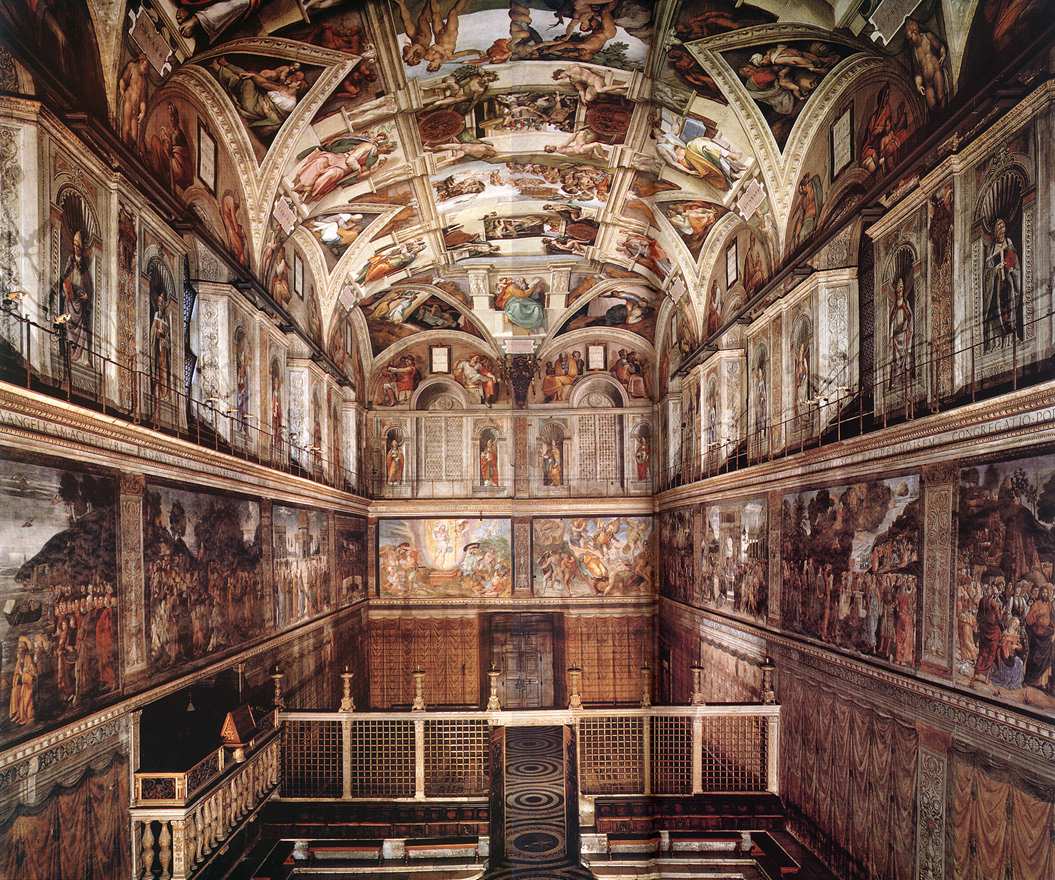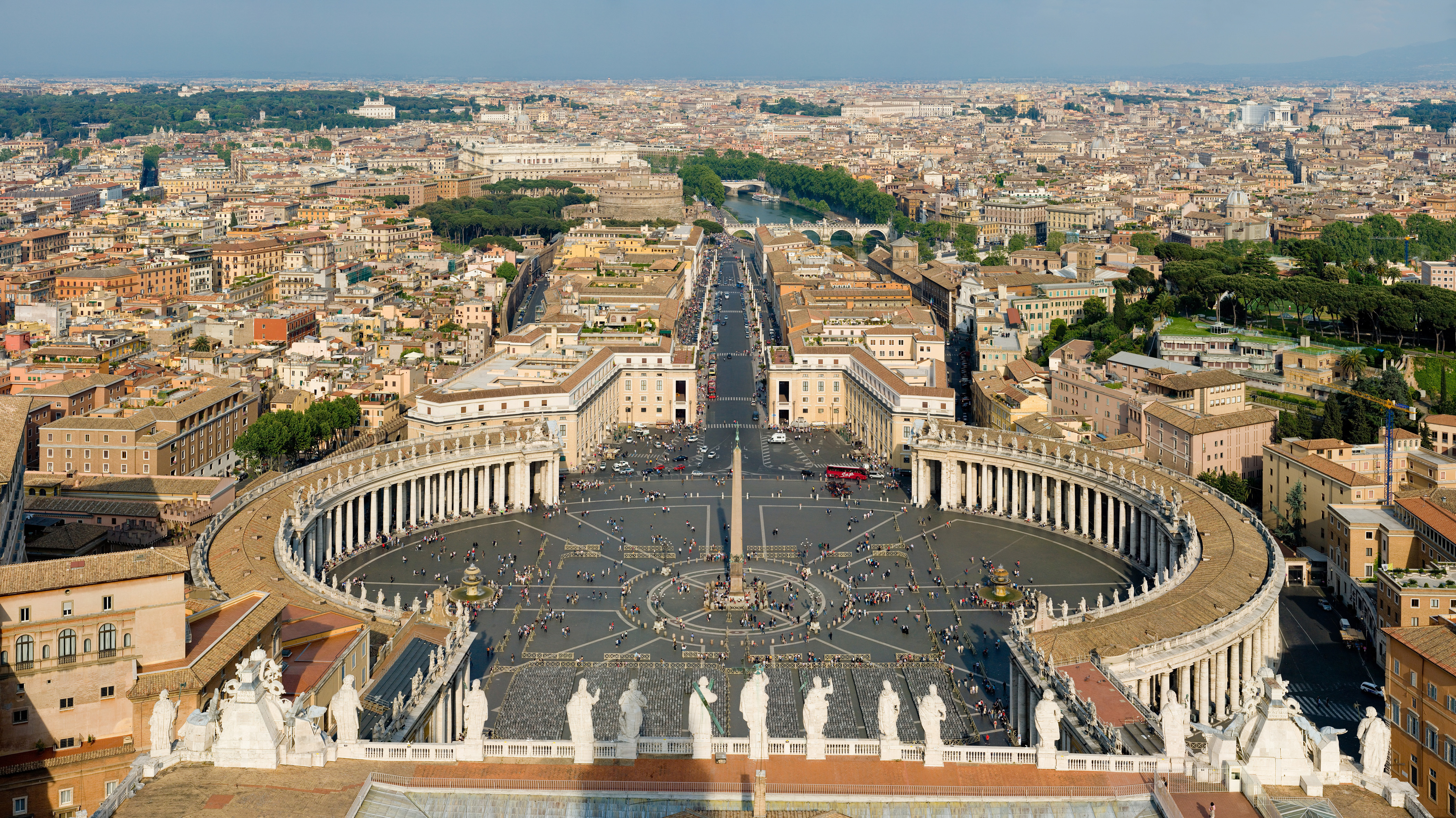Also see:
Welcome!

This website is designed for a project for a History 101 course and deals with Michelangelo and the Sistine Chapel. Here you will find a brief biography of Michelangelo's life and a description of his works in the Sistine Chapel in the Vatican City. There is an elaborate description and interpretation of the paintings in the Sistine Chapel, which should prove to be helpful to anyone who is looking to get familiarized with this magnificent work of art, and especially if one is planning on visiting the Vatican City and the inside of the chapel.
The age of Renaissance marked the onset of many changes in the European society. One such change of major significance was demonstrated in art and sculpture. The noble classes in the early Renaissance along with affluence urban groups such as merchants started commissioning works of art as a manner of flaunting their wealth.
Many legendary artists belong to this era and one in particular is Michelangelo. Pope Julius II commissioned Michelangelo to paint the ceiling of Vatican's Sistine Chapel in 1508.

The Sistine Chapel and its ceiling represent a new way of depicting the human form. The elegant nudes and their depiction by Michelangelo established a new bar for fresco paintings as it displayed something unprecedented- the depiction of the human body that is not just a painting of an actor, but is also capable of expression and of eliciting an emotional response from the viewers.
The Sistine Chapel in the Vatican City has a tremendous importance in Catholicism. The Pope leads the mass here to begin with. This room is the one which the college of Cardinals uses to appoint the next Pope. The surface of the entire room is covered by art- mosaics on the floor and the walls are painted in frescos by early Renaissance artists. The ceiling in the room was painted by Michelangelo, replacing the initial design of blue dots and the altar wall was painted by him later in his life. Both of these works are considered materpieces in the history of art.